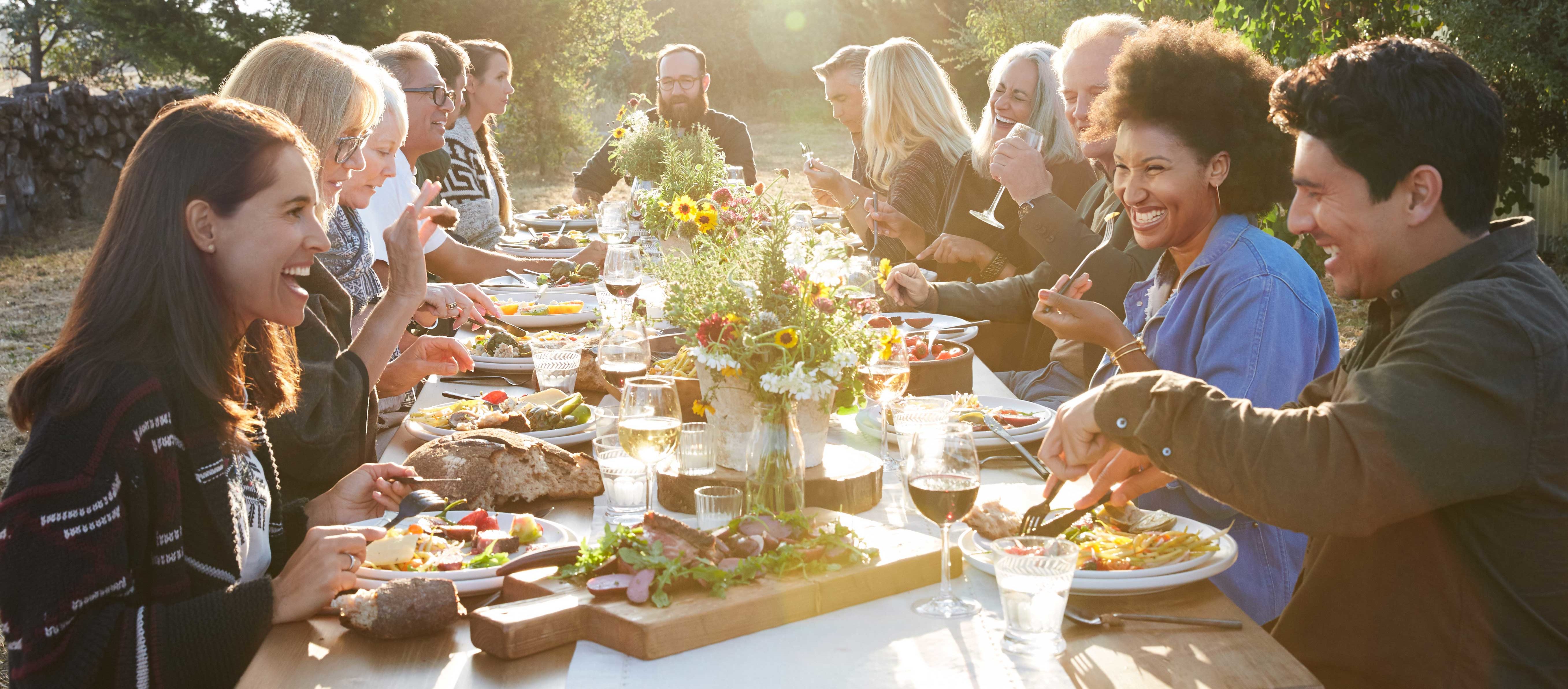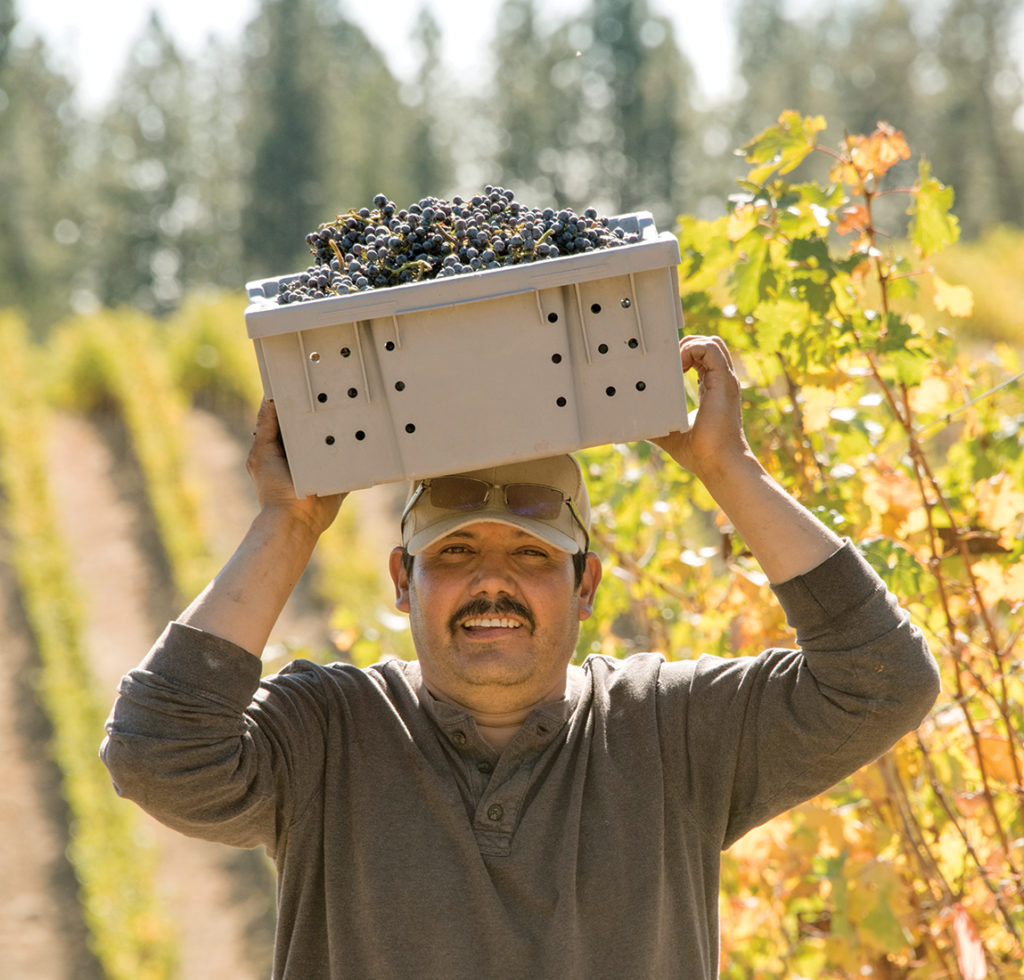The Recipe
Sliced Porterhouse Steak with Arugula, Garlic Toast, and California Olio Nuovo
A thick Porterhouse or bone-in ribeye steak is a luxury, so give it the red-carpet treatment: a hot grill to sear it and a side of aromatic garlic toast basted with fresh, peppery California olive oil from the first autumn pressing. This sought-after olio nuovo (new-crop oil) doesn’t usually hit store shelves until November. In the meantime, use the best extra virgin olive oil you have.
Wine suggestion: California Cabernet Sauvignon or California Syrah

Ingredients
- 1 Porterhouse or bone-in ribeye steak, about 1-1/3 pounds (600 g)
- California extra virgin olive oil
- Kosher or sea salt and freshly ground black pepper
- 2 slices artisan sourdough bread, such as pain au levain, about ¾-inch (2 cm) thick
- 1 garlic clove, halved
- California olio nuovo (fresh “new” olive oil)
- 2 ounces (2 handfuls) baby arugula
- Medium-aged, shaveable sheep’s-milk cheese, such as Bellwether Farms Pepato
- Lemon wedges
Serves 2
Directions
About 2 hours before serving, brush the steak with extra virgin olive oil, using about 1 teaspoon per side. Season with salt on both sides, using ¾ teaspoon salt per pound of meat—1 teaspoon for a 1-1/3-pound (600 g) steak. Season highly with black pepper on both sides. Put the steak on a flat rack so air circulates underneath and leave at room temperature until ready to grill. The steak should be at room temperature when it goes on the grill.
Prepare a hot charcoal fire or preheat a gas grill to high. Cook the steak to desired doneness directly over the coals or flame, moving it away from the heat source if it threatens to burn. For rare to medium-rare meat (the preference for this dish, allow about 4 minutes per side. To check for doneness, use an instant-read thermometer (120°F/50°C for rare) or the touch test; a medium-rare steak will no longer be flaccid but will give to gentle pressure, like the fleshy area between your thumb and index finger when your fist is loosely closed.
Remove the steak to a rimmed platter to rest for 5 minutes. Grill the bread until well-toasted on both sides, then rub one side of each slice with the cut clove of garlic and drizzle that side generously with olio nuovo.
Transfer the steak to a cutting board and slice it. If there are any juices on the platter, pour them off and reserve them. Return the steak to the platter. Top with the arugula. Shave about 1 ounce (28 g) of cheese over the arugula with a cheese plane. Drizzle with any reserved meat juices and 1 tablespoon olio nuovo. Garnish with the toasts and serve immediately with lemon wedges.







